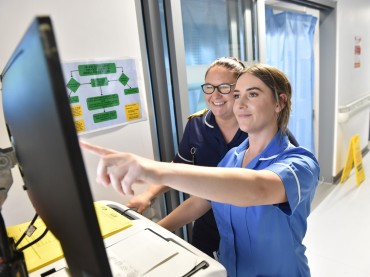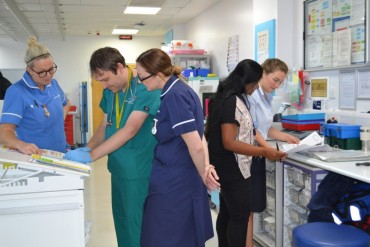Overview
Carrying out intravenous (IV) treatment at home may appear to be the best option to allow you to continue as near a normal lifestyle as possible. However, for each course of treatment you commence it needs to be decided whether this is the most appropriate choice.
We are aware this PDF are might not be accessible to all users. If you would like to request an accessible version, please contact bfwh.
Read our accessibility statement to learn more.



